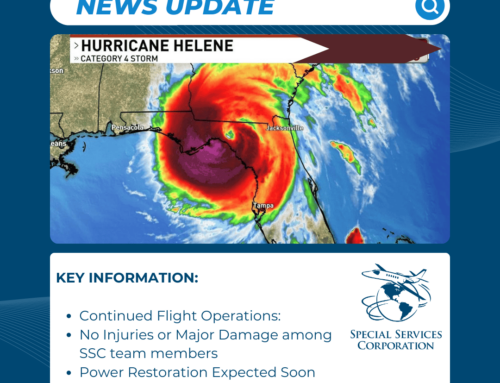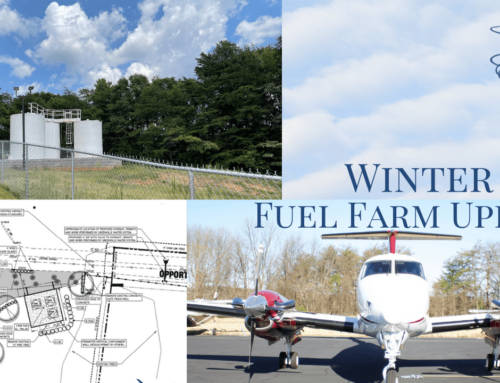The National Business Aviation Association (NBAA) is by far Business Aviation’s biggest advocate. As such, they do a good job of presenting the facts on how Business Aviation contributes to our local and national economy. On their website (NBAA.org), one can find numerous articles and studies done by local communities on the economic impact of their local General Aviation airport. I ran across the article below, which again makes the case for why our industry is so vital to our national interest. This is one GA airport out of the thousands across the country.
Massachusetts state officials last month revealed that Worcester Regional Airport, just 39 nautical miles west of Boston Logan Airport, contributes $51.4 million a year to the economy of central Massachusetts. The study finding that impact was conducted by the Massachusetts Department of Transportation (DOT) and released late in 2011.
Although Worcester is the second-largest city in the state, the airport handles predominantly general aviation (GA) traffic, including business aircraft. The airport offers a business-friendly 7,000-foot runway, as well as a secondary 5,000-foot runway. The longer runway has both precision instrument approaches and an advanced EMAS (Engineered Material Arresting System) on each end.
“We expect general aviation to grow,” said Worcester Regional Airport Director Andrew Davis. Airport owner Massport is ardently pursuing more business traffic for Worcester, and just last fall requested proposals from developers who could build more hangar space for business tenants at the airport.
Worcester Regional Airport and Massport officials also regularly attend NBAA’s annual Schedulers and Dispatcher’s Conference, this year scheduled for January 15 – 18 in San Diego, CA. At that conference they talk up the advantages of Worcester Regional Airport for business operations.
“Worcester County continues to grow and rebound from the bad economy we’ve suffered since 2008, and there are lots of people supporting growth by making the Worcester airport more attractive to businessmen and –women,” said Richard Walsh, Massport spokesman. “We know how important it is to have an attractive, well-equipped front door for businesses arriving at Worcester Regional Airport.”
“Business aviation is a significant contributor to the economic impact of Worcester Regional Airport,” said Massachusetts Director of Aviation Chris Willenborg. “But one of the challenges facing our industry is educating the public and legislative leaders on the importance of business aviation, and GA in general.” He noted that the airport is just three miles west of the central business district of Worcester, extraordinarily convenient for business people.
The FAA-funded study also found that the airport enabled 418 jobs that pay an aggregate of about four million dollars annually. Economic impact was measured in several ways, including benefit to local businesses from visitors arriving via the airport, revenue through flight schools, fixed base operators, avionics repair stations and aircraft maintenance companies.
“We recognize the value of the Worcester airport to the community health and well-being,” said Walsh. “We support business aviation.”
Below is a link to the Massachusetts Statewide Airport Economic Impact Study.
http://www.massdot.state.ma.us/portals/7/downloads/mass_exec_summary_CML.pdf





Leave A Comment